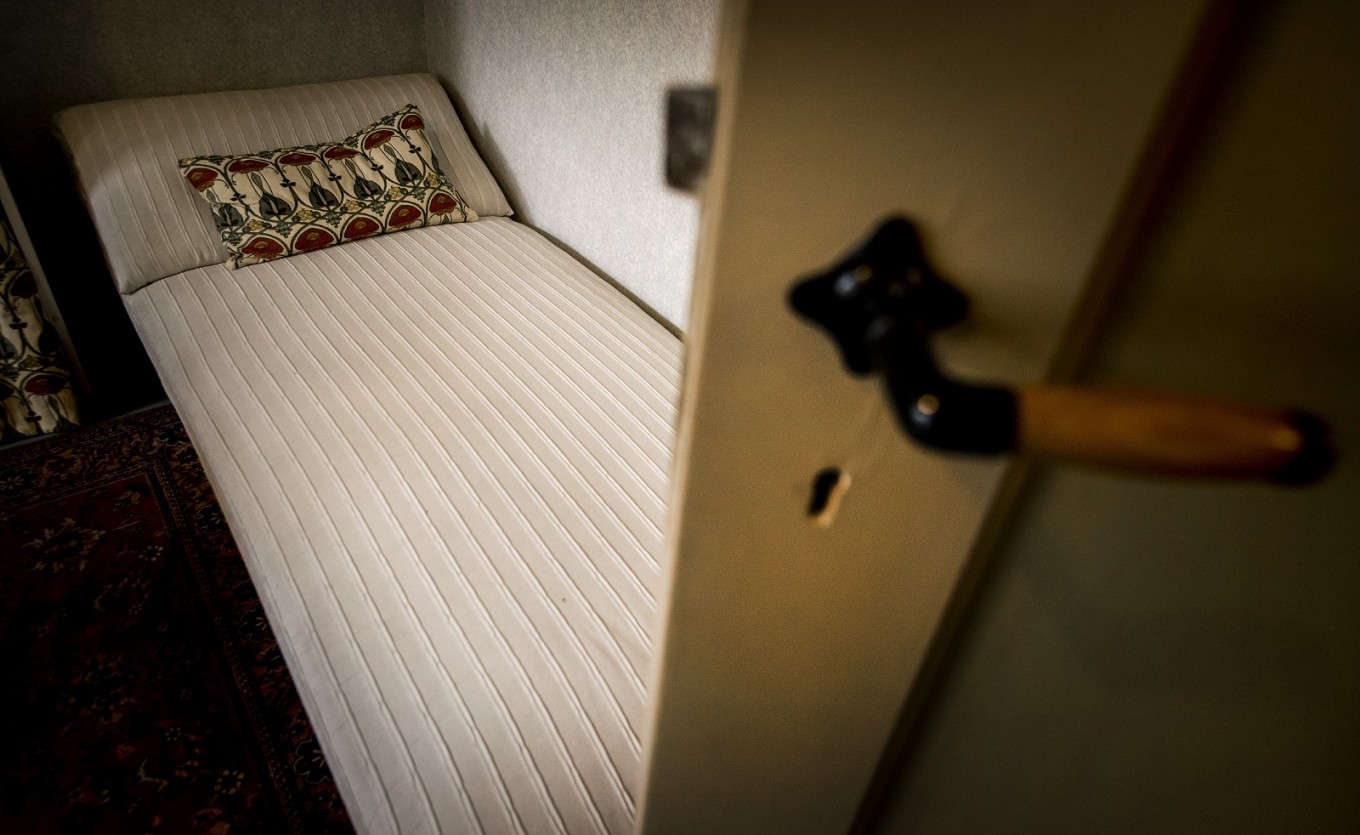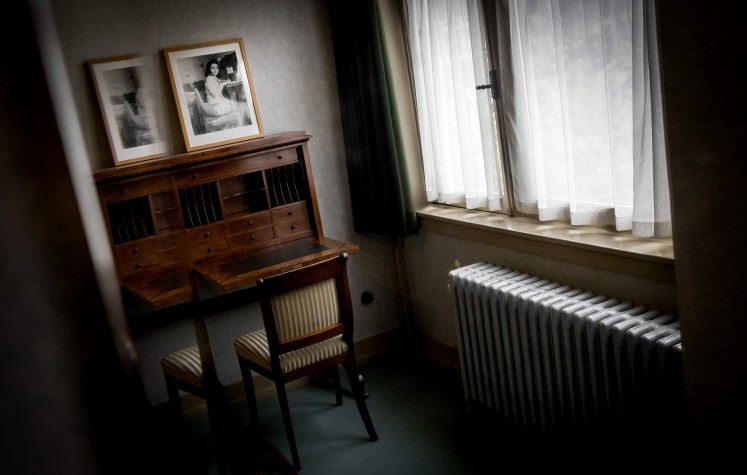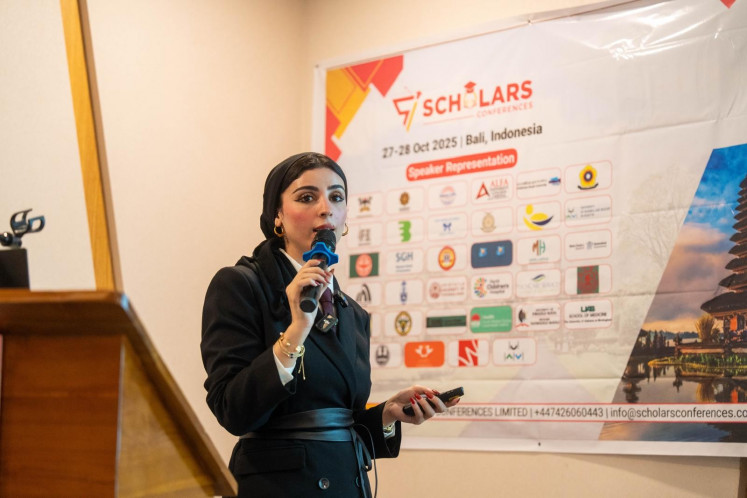Popular Reads
Top Results
Can't find what you're looking for?
View all search resultsPopular Reads
Top Results
Can't find what you're looking for?
View all search resultsAnne Frank foundation buys her family home in Amsterdam
Change text size
Gift Premium Articles
to Anyone
T
he foundation maintaining the Amsterdam house where Anne Frank hid from the Nazis during World War II said Thursday that it had bought another property where her family lived in the 1930s.
But the Anne Frank Foundation said it had no plans to use the "other home" as a museum, as it does with the one in Amsterdam's canal belt where the Frank family hid for two years, and which now draws thousands of visitors each year.
"It's important for the foundation that the home where Anne Frank lived in the 1930s remains intact and is looked after in a proper way," spokeswoman Annemarie Bekker said.
"It has a very special character... the home situated at the Merwedeplein is inextricably linked to Anne Frank," Bekker added, referring to a square in Amsterdam.
The home in southern Amsterdam formerly belonged to a housing corporation which had said it could no longer assume responsibility for its upkeep.
The Frank family lived in the modest brick building from 1934 until they went into hiding in a secret annexe at a home on Amsterdam's Prinsengracht street in 1942.
Anne Frank's father Otto bought the first house in 1933 after fleeing rising anti-semitism in neighbouring Germany, and she arrived there as a four-year-old girl.
Fuzzy black-and-white pictures show a smiling Anne looking from a window frame or sitting in a deck chair on the house's rooftop terrace.
Read also: Five facts about Anne Frank
The Ymere housing association and the Anne Frank Foundation reached an agreement to sell the house to the foundation. (AFP/Koen van Weel )On July 6, 1942, the Franks retreated into the secret annexe of the other home as the Nazis were rounding up Jewish families after invading The Netherlands in 1940.
In her diary, Anne chronicled her life in hiding until August 1944, when her family was most likely betrayed and sent to Nazi concentration camps.
She died at Bergen-Belsen in Germany in early 1945, aged 15, less than a year after her capture and just before the end of the war.
Her diary, writing during her time in hiding, is one of the most moving testimonies of the war.
More than 30 million copies have been sold, and numerous adaptations of the book have been made, including plays, television series and a film.
The home purchased by the Anne Frank Foundation has been restored to its original 1930s style.
Since 2005 it had been let out to the Dutch Foundation for Literature, which uses it as a home for writers forced to flee their countries because of persecution.
Currently Syrian writer Samer Alkadri and his family reside at the home, Bekker said.











